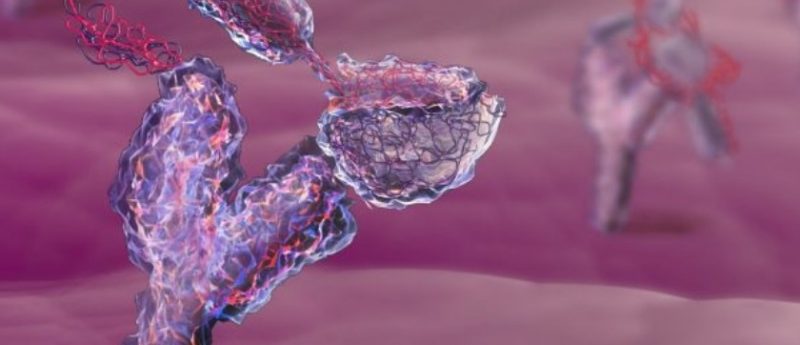Can miRNA-based real-time PCR be used to classify medulloblastomas?

Medulloblastoma comprises the most common malignant childhood brain tumor. Recent genome-wide profiling approaches and next-generation sequencing studies have resulted in an improved understanding of the biological heterogeneity within this histopathological entity. Although previously considered one disease entity, on the basis of gene expression profiling, four core medulloblastoma subgroups have been defined: wingless (WNT), sonic hedgehog (SHH), Group 3, and Group 4 [1–7]. Several integrated genomic studies have revealed that these subgroups also correlate with distinct patterns of somatic copy number alterations, recurrent somatic mutations, transcriptional and epigenetic signatures, patient demographics, clinical features and outcomes. Survival rates differ dramatically between subgroups, with excellent outcomes observed in WNT patients and a poor prognosis observed in Group 3 patients [8–11]. Intermediate survival rates are typical of SHH and Group 4 patients, despite notable heterogeneity reported within each of these subgroups [1,4,6,11,12]. Several biomarkers allow for prognostic stratification in a subgroup-specific manner, including MYC amplifications (Group 3), mutations of TP53 and TERT (SHH), and FSTL5 immunopositivity (Group 4) [12–14]. Due to the profound clinical differences observed between medulloblastoma subgroups, and an increasing interest to devise subgroup specific treatment approaches, robust and reliable subgrouping methodologies are urgently required in the clinical setting.
Click here to view the full article.



